Kilishi (spicy Nigerian beef jerky) is a popular Northern snack and a delicacy obtained from drying meat for a long period of time. This Kilishi recipe is sold mostly in the Northern parts of Nigeria as it originated from Hausa, but the good news is you can also make this delicacy at home.
Let’s tell you how.
Equipment for Making Kilishi
Ingredients
Boneless meat
1-2 tablespoons of honey
1-2 tablespoons of olive oil
2 tablespoons red food coloring
1-2 tablespoons vinegar (optional)
Salt to taste
1-2 seasoning cubes
1 tablespoon garlic (powdered)
1 tablespoon onion powder
½ teaspoon of powdered cloves
1 tablespoon dried pepper (crushed pepper or cayenne pepper)
½ teaspoon of nutmeg (powdered or crushed)
Procedures for Making Nigerian Beef Jerky
STEP 1: Make sure you wash your boneless meat carefully before preparing this Kilishi recipe. Remove any trace of fat from it.
STEP 2: Carefully slice your meat as thin as possible using a sharp knife. Slicing meat is easier when it is frozen. If you can’t do this, get sliced meat from the butchers because they have the sharpest knife for this job.
STEP 3: After slicing all your meat, place it on parchment (or baking paper) on an oven tray.
STEP 4: Bake in the oven for 20–30 minutes at 200F. Then;
STEP 5: Turn the meat pieces over to the other side and bake again for another 30-45 minutes till dry. You notice your meat has a brownish color now.
STEP 6: This method is done easily, thanks to technology. But in the North, instead of using the oven, the meat is dried in the sun for hours till it gets dry. If you don’t have an oven, I suggest you go the local way. It hurts nobody, but it gets the job done.
STEP 7: Now, let’s make our spicy sauce while it continues to bake.
STEP 8: Mix all the ingredients listed above in a bowl.
STEP 9: Using a whisk or a spoon, give this a stir.
STEP 10: Add in water to create a paste and to ease your stirring. Give this mix a stir gradually until the ingredients are well incorporated.
STEP 11: Add salt and a little water if the paste is too thick, or better yet, add water till your desired consistency is achieved.
STEP 12: Now, add in food coloring for that distinct Kilishi recipe look! Then;
STEP 13: Take out the kilishi from the oven.
STEP 14: Using a pastry brush, brush the Kilishi spicy sauce onto the meat. Then;
STEP 15: Brush evenly on both sides till well spread. After this;
STEP 16: Put the meat back in the oven for 10–15 minutes for that dry and crispy taste.
STEP 17: Tada! Note: The longer it stays, the drier it gets. Decide on what texture you want it to have.
Recipes That Best Goes With Kilishi
You can eat kilishi with jollof rice and spaghetti, and it can be used to make soup too. Better yet, enjoy this delicacy with a cold bottle of your favorite soft drink.
Ways to Serve Kilishi
This Kilishi recipe can be enjoyed over lunch and dinner. It can also be made for friends and family over the weekend.
Occasions to serve best
The Nigerian beef jerky can last for months without losing its taste, and as such, it can be served anytime, any day, and, of course, anywhere. Be sure to have something to enjoy.
Nutritional Value of Kilishi
Kilishi is a staple food that is enriched with a unique taste, low-fat content, and nutritional value. It is high in protein and calories but has no vitamins.
How to Store Kilishi
Store Kilishi in a cool, dry place. You can store this in a container or a plastic bag. Make sure it has no contact with water.
Conclusion
There, you’ll never be the same again after making your own Kilishi recipe! Be sure to make some holes in your meat for added beauty and a work of art. Tell us in the comment section when you do.
You are always welcome to visit Northpad Nigeria for more local Northern Nigerian delicacies.
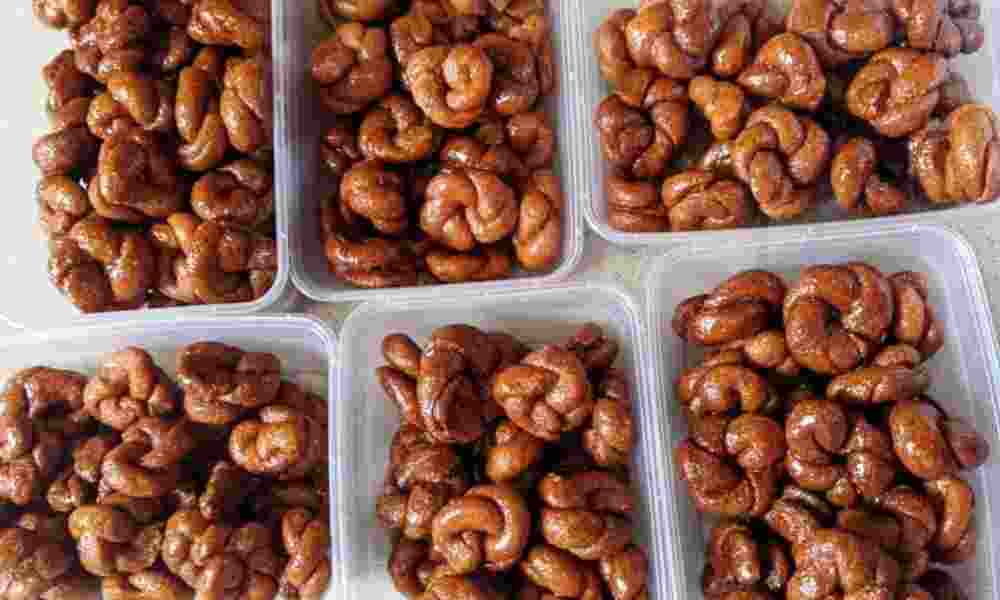

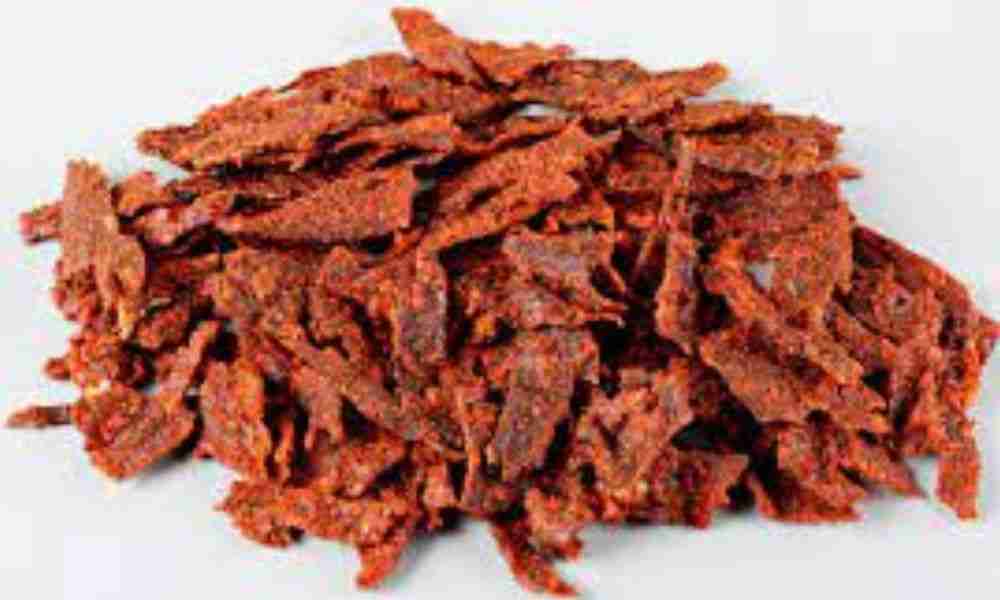
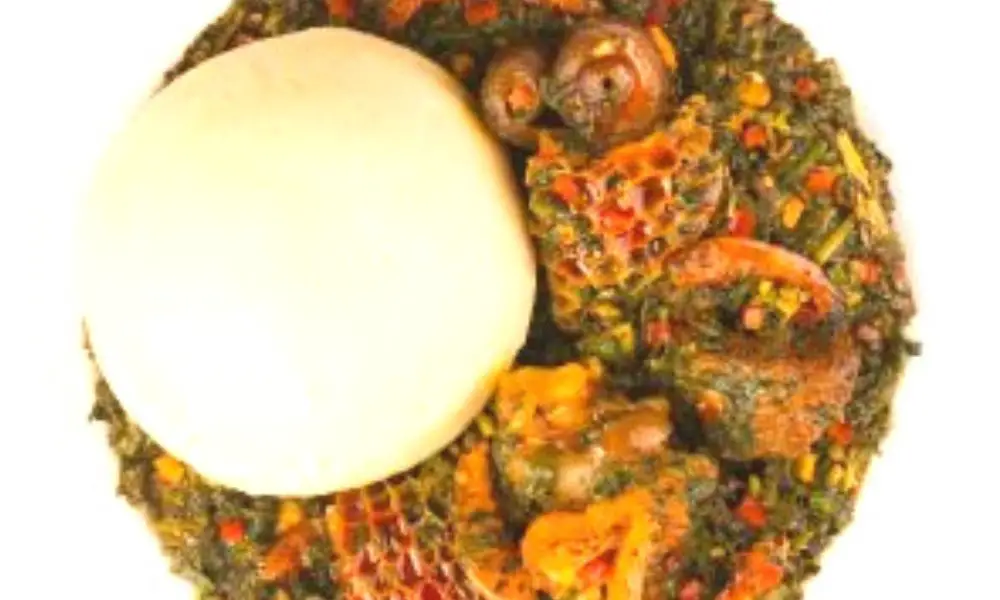
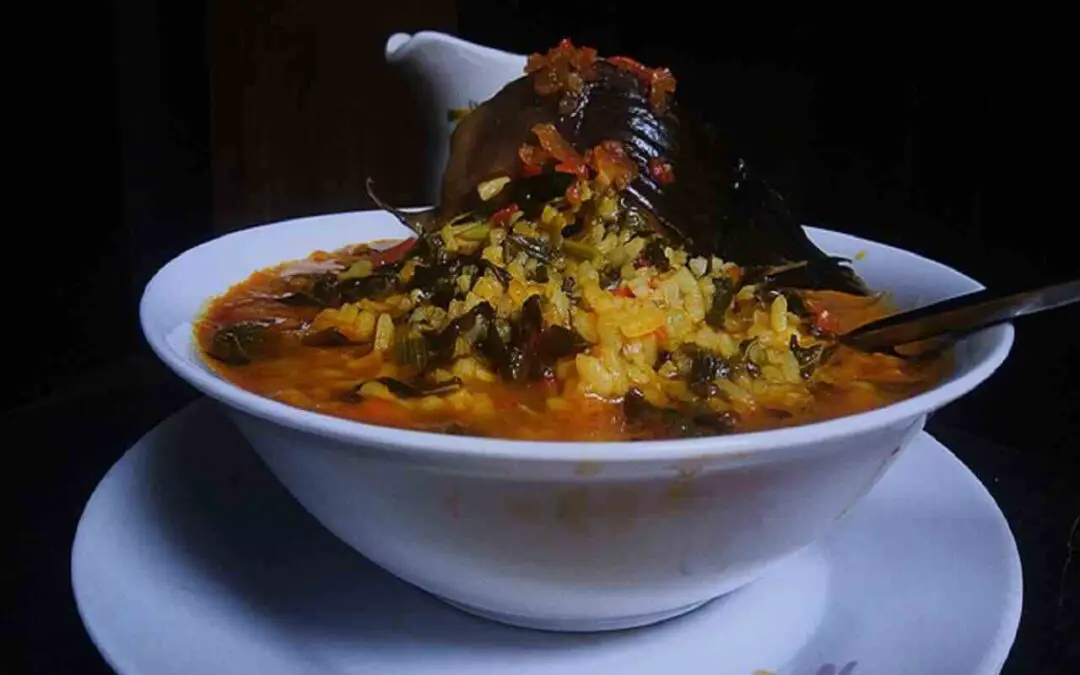
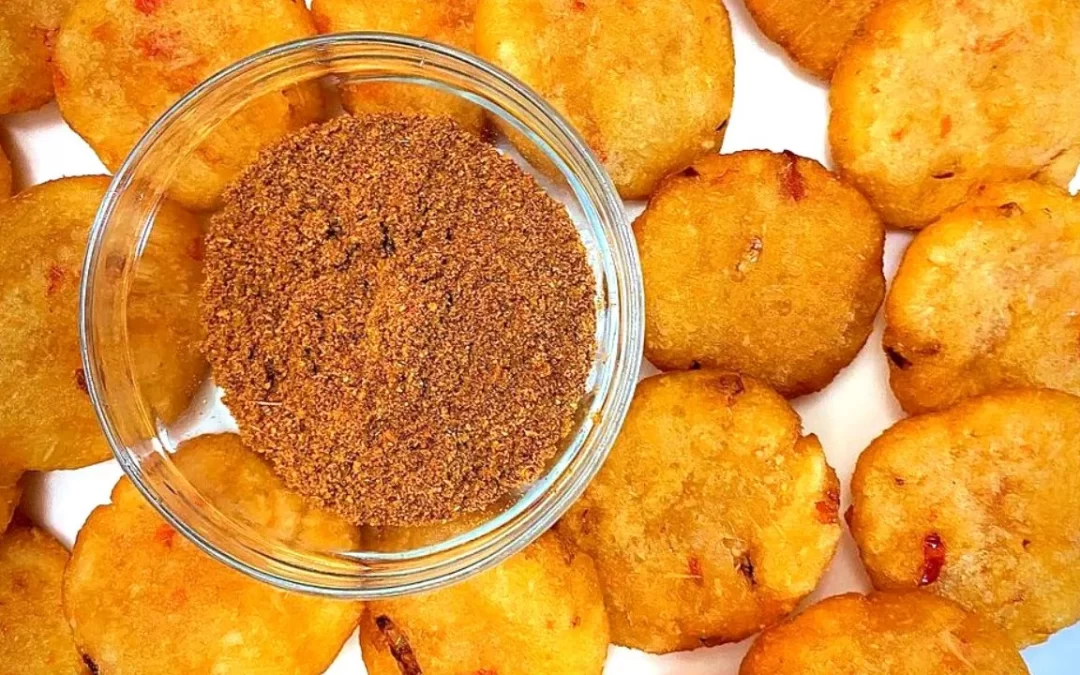



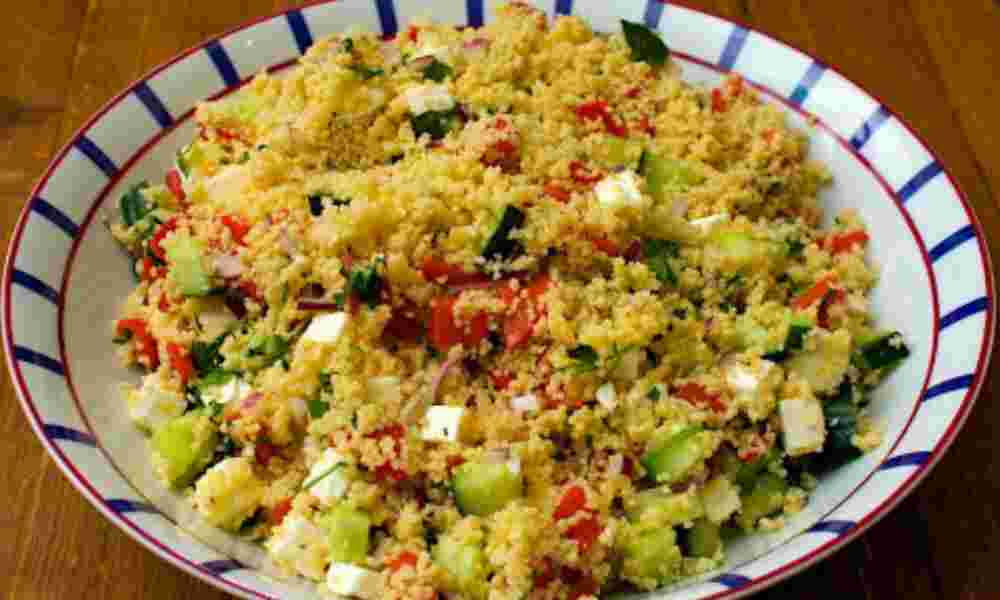
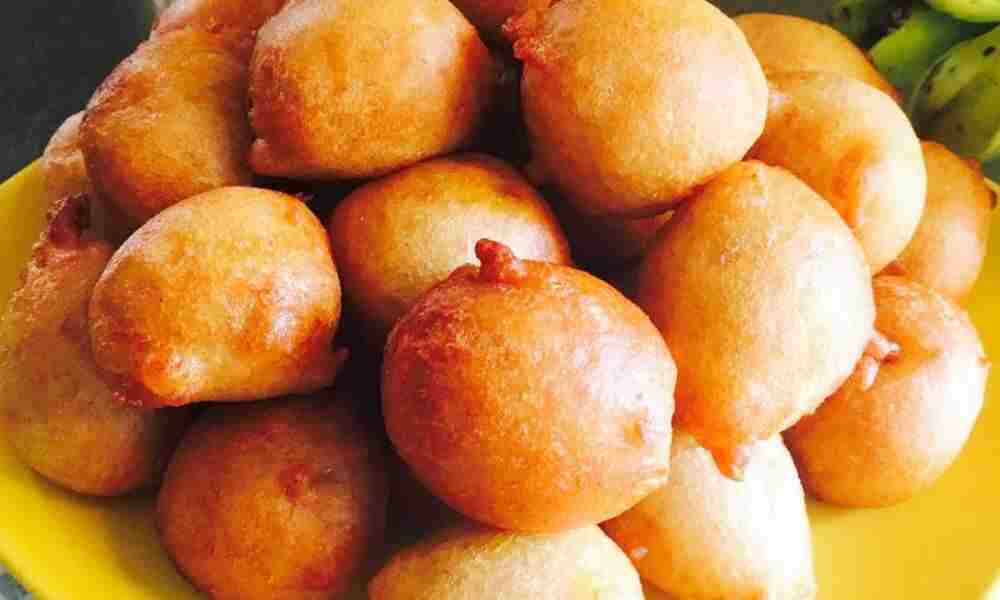
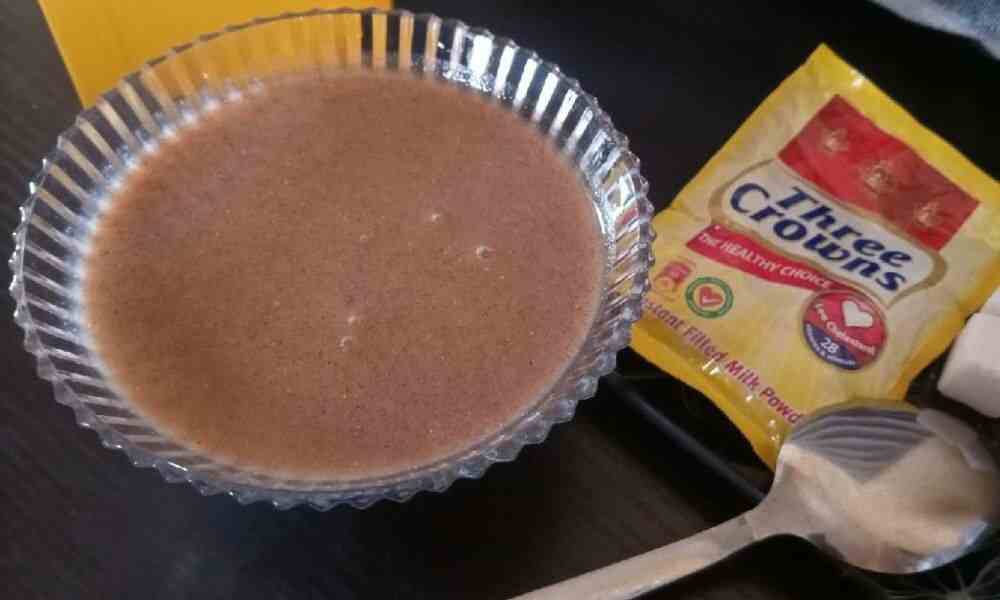
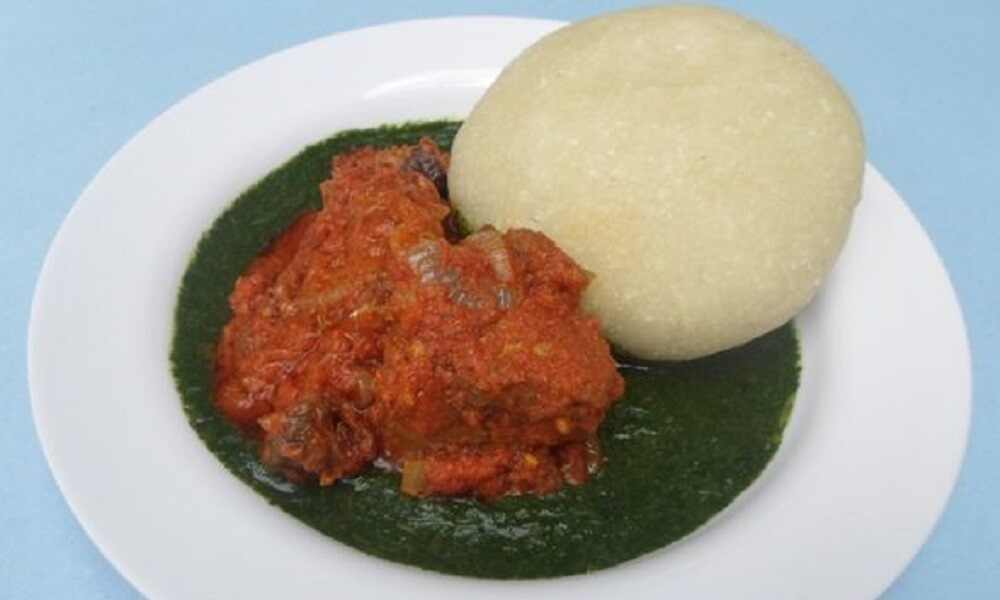
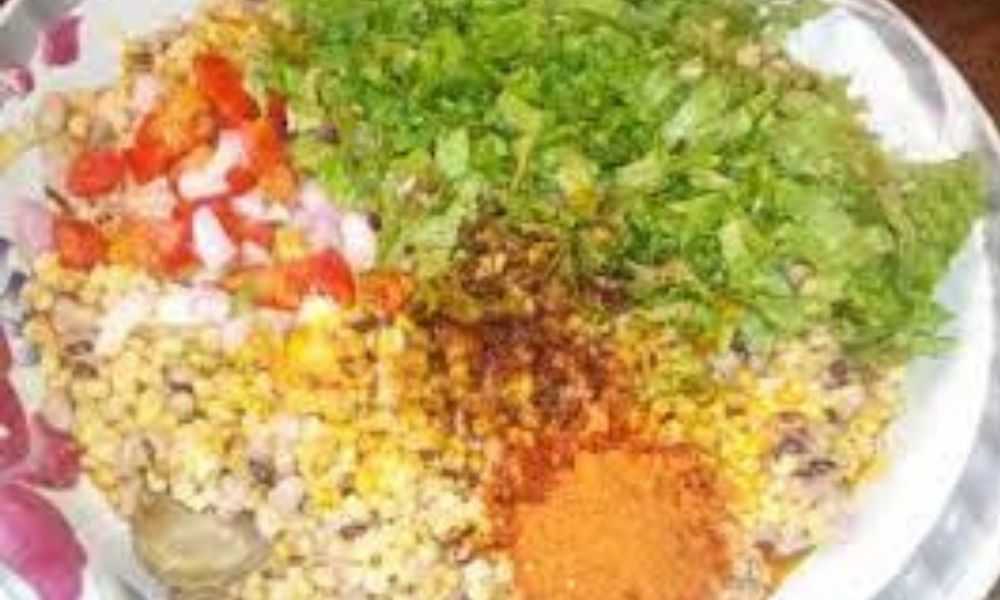
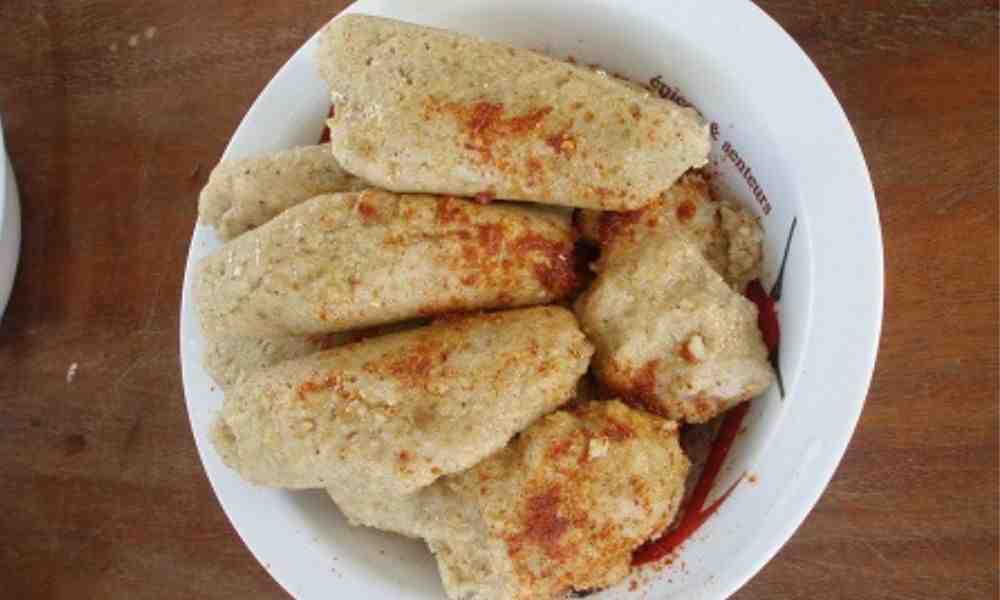
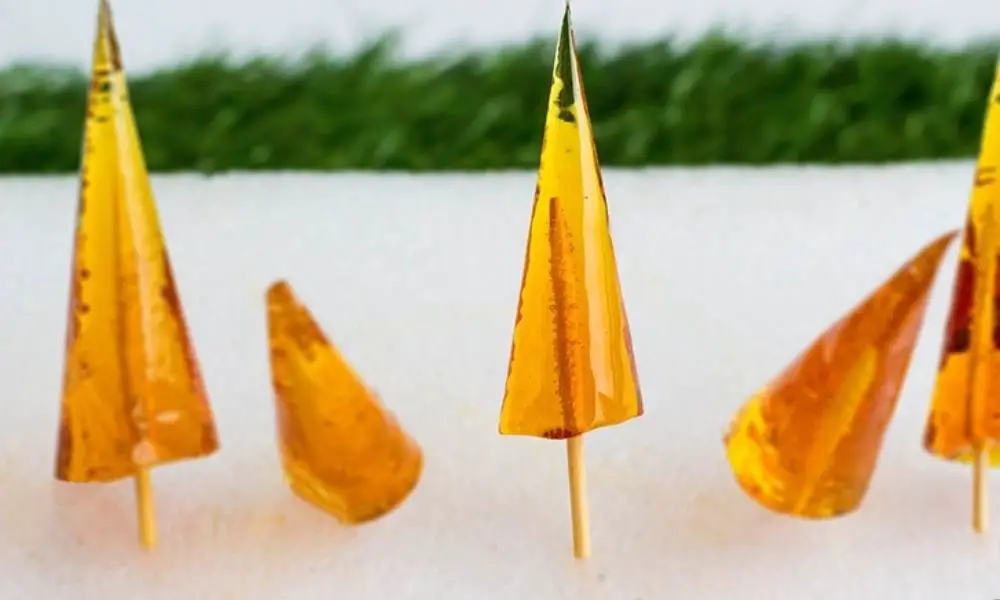
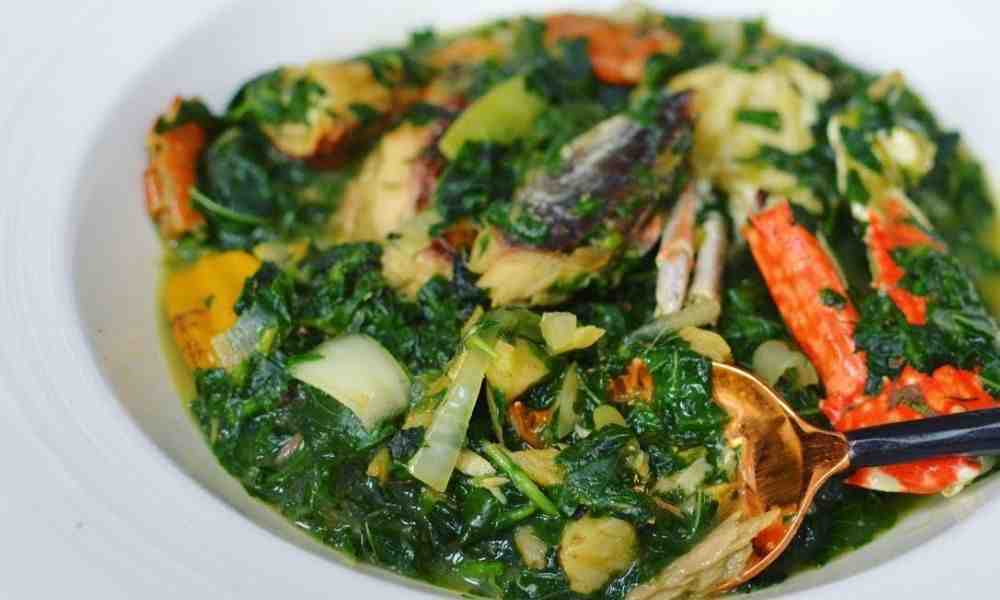
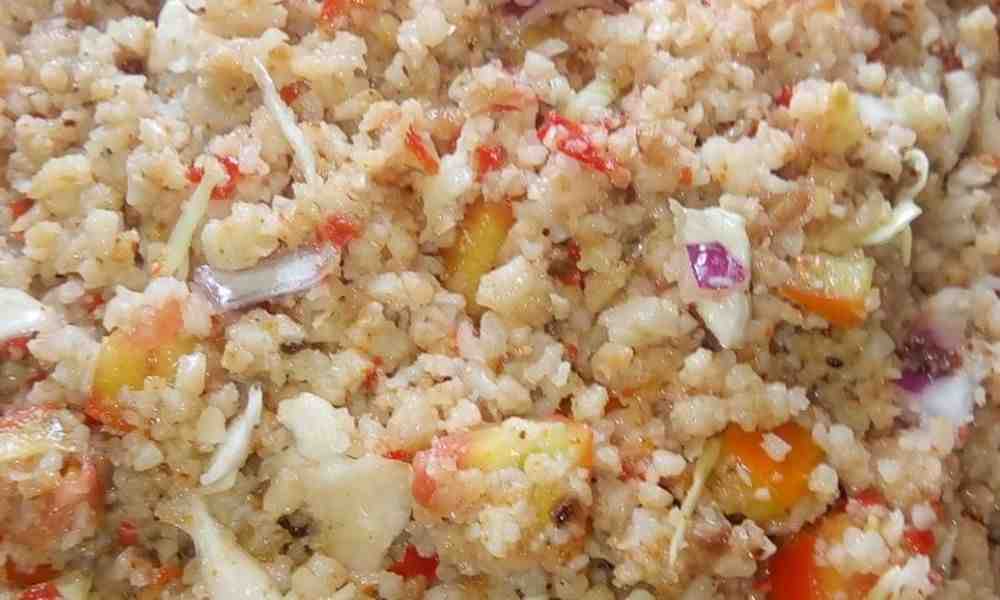
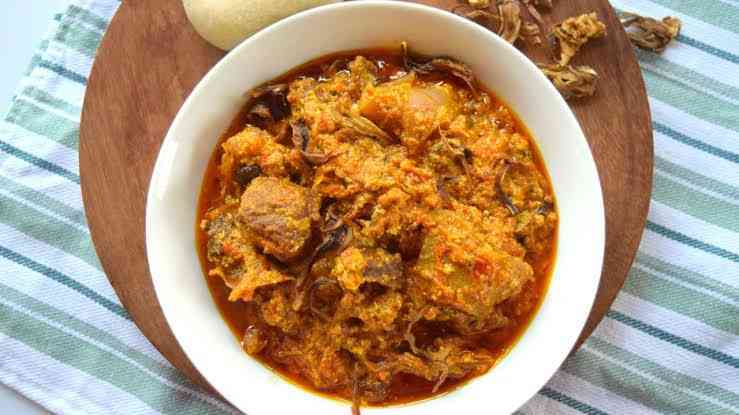
A good read, easy enough to understand and incorporate…thumbs up